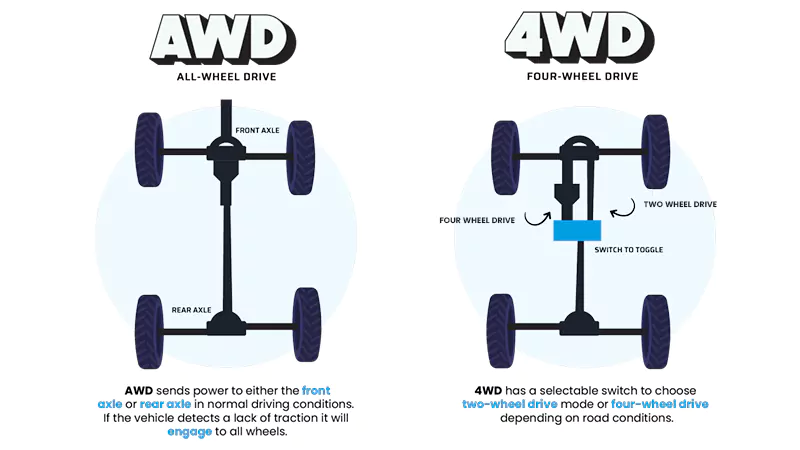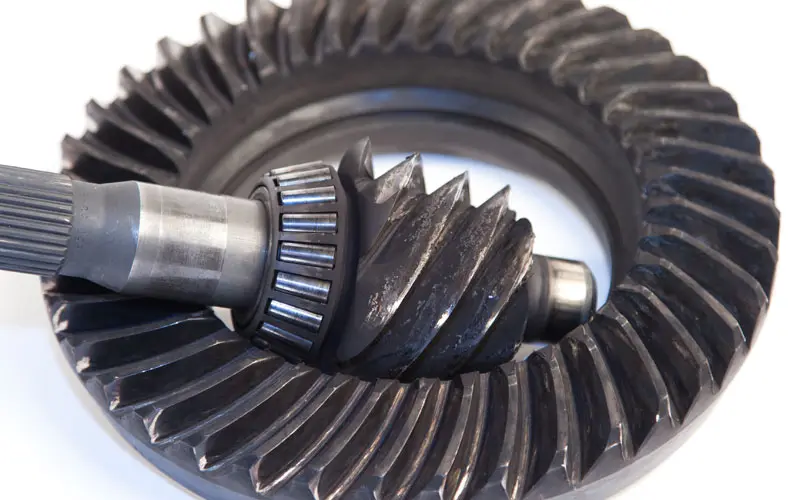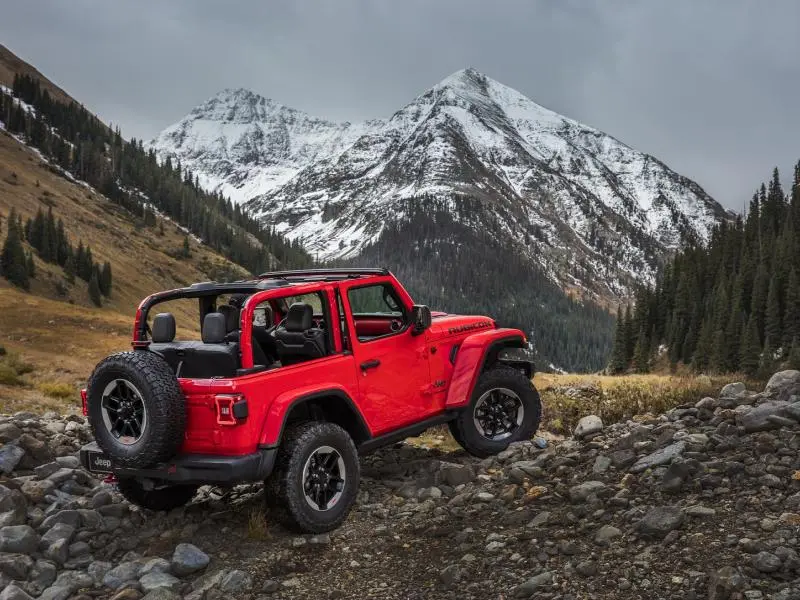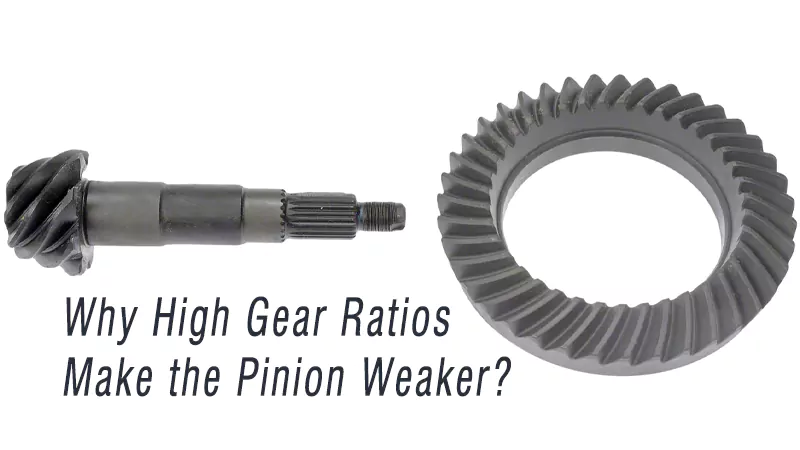This article will take an in-depth look at the differences between AWD and 4WD.
1. What is AWD?
AWD stands for All Wheel Drive. This drivetrain means that power can be delivered independently to each tire. Usually, AWD vehicles operate in AWD mode all the time. However, some models are not always in AWD mode; these are called on-demand AWD or part-time AWD.
What is the working principle of on-demand AWD? Typically, these vehicles operate in rear-wheel drive mode most of the time. This improves fuel economy because power is delivered only to two wheels—similar to a rear-wheel-drive vehicle—and it also makes steering and handling more flexible.
When does the vehicle switch to AWD mode? Usually, AWD engages when there is a large change or imbalance in road surface traction, to ensure stable and safe driving. For example, on icy or gravel roads, or when the left tires are on gravel and the right tires are on asphalt, the vehicle will switch to AWD mode to maintain handling stability.
2. What is 4WD?
4WD stands for Four Wheel Drive, commonly referred to as part-time 4WD. However, some models are not part-time 4WD but still belong to 4WD—for example, Prado and Land Cruiser 200/300 series, which have full-time 4WD. This full-time 4WD is a type of 4WD system, and it should not be confused with AWD full-time four-wheel drive.
Currently, we are discussing all types of 4WD. What is the difference between full-time 4WD and part-time 4WD?
First, 4WD vehicles usually have a transfer case. The transfer case evenly splits engine power 50/50 between the front and rear axles. Most 4WD vehicles use two-wheel drive mode (usually rear-wheel drive) during normal driving on paved roads.
When driving off-road, drivers can manually switch to 4H (high-speed four-wheel drive) or 4L (low-speed four-wheel drive), also known as high 4 and low 4 modes. Full-time 4WD works differently. Vehicles like Prado and Land Cruiser 200/300 run in AWD mode on paved roads but switch to 4WD mode when entering off-road conditions.
How AWD and 4WD systems operate?

AWD System Structure
- Engine power is transmitted via the clutch and transmission to the center differential.
- The center differential sends power to the front and rear differentials.
- The front and rear differentials then deliver power to all four wheels respectively.
4WD System Structure (Typical Part-Time 4WD)
- The initial process is similar until the transmission.
- Power exits the transmission and is sent to the transfer case.
- When in two-wheel drive mode (2H), the transfer case sends 100% of the power to the rear axle.
- When in 4H or 4L mode, the transfer case distributes power evenly, with 50% going to the front axle and 50% to the rear axle.
The gear ratios used in the transfer case differ between 4H and 4L modes, so the output torque changes accordingly. Low range (4L) mode effectively increases vehicle torque.
Practical Comparison AWD vs 4WD
Let’s see how these two systems perform in real driving conditions.
On Paved Roads
On paved roads, AWD performs better than part-time 4WD. Because AWD can send power independently to all four tires, it provides better stability and handling even in complex road conditions like water accumulation or ice.
In contrast, part-time 4WD operates in two-wheel drive mode (usually rear-wheel drive) on paved roads, resulting in less stability compared to AWD.
On Unpaved Roads
Consider a vehicle (Vehicle A) with one tire on ice and the other three on dirt roads. In an AWD vehicle, power is distributed by the center differential to all four wheels. However, without a center differential lock, the slipping wheel (on ice) will receive more power.
For example, if the slipping wheel gets 70% of the power, the other three wheels share the remaining 30%—meaning each might only get about 10%. In this case, AWD vehicles have a low chance of getting unstuck and a high risk of becoming immobilized.
Conversely, 4WD vehicles in 4H or 4L modes deliver 50% power to the front axle and 50% to the rear axle. Even if the slipping wheel receives 50%, the other axle still has full 50% power to help the vehicle get free, greatly improving the chances of escape. This also applies in scenarios like potholes, axle articulation challenges, or steep climbs, where wheel slip often occurs. AWD vehicles usually struggle in these extreme off-road conditions.
Conclusion
AWD vehicles are mainly designed for on-road driving, providing excellent handling and stability to reduce loss of control.
4WD systems are designed more for off-road use, offering advantages when tackling tough terrain such as potholes and axle articulation.
Part-time 4WD vehicles are actually less stable than AWD vehicles on regular roads.
Whether AWD or 4WD, a differential locker is key to enhancing off-road capability. When facing challenging terrain like axle articulation, potholes, ice, or mud, equipping your vehicle with a high-performance differential locker is the best guarantee for reliable off-road escape and control.
We specialize in developing and manufacturing various types of locking differentials, limited-slip differentials (LSDs), and related components — including Torsen, mechanical lockers, electronic lockers, air lockers, and more — to meet diverse off-road and customization needs.
Discover our differential locker products or contact our technical team for tailored solutions.



